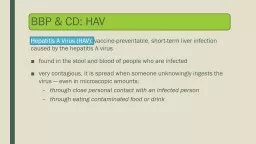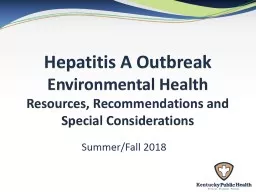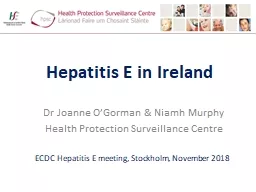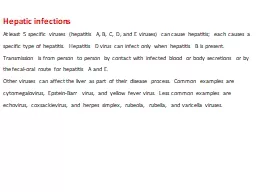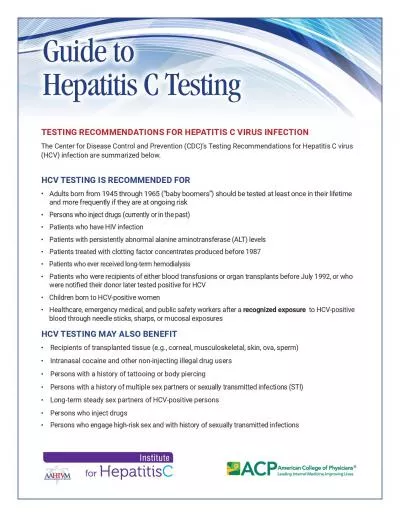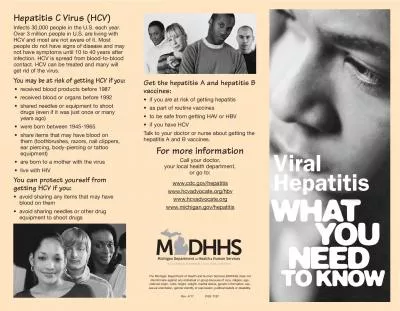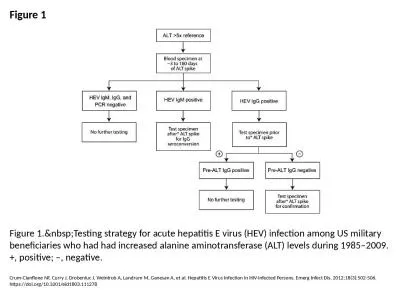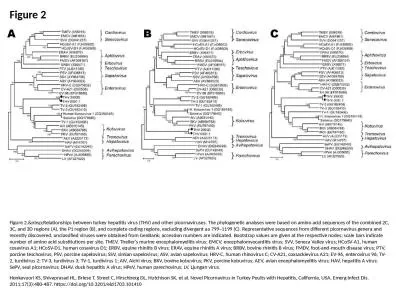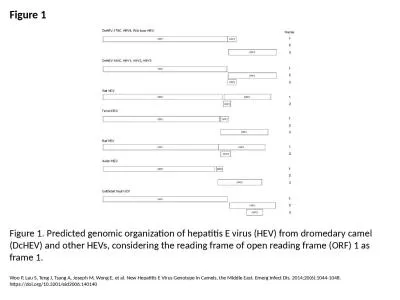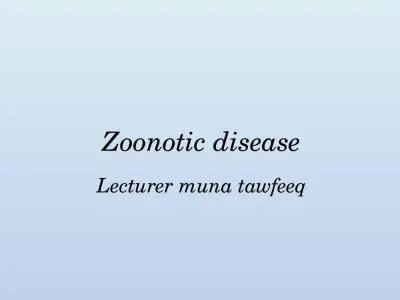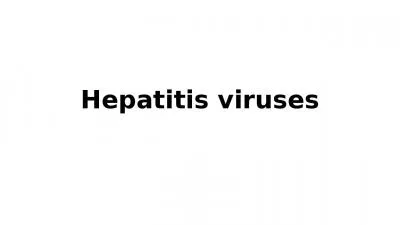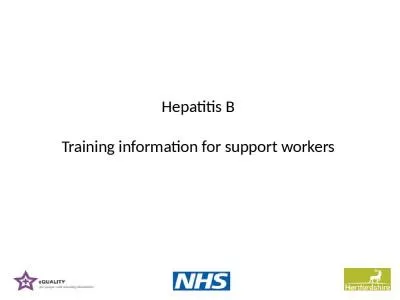PPT-BBP & CD: HAV Hepatitis A Virus (HAV):
Author : alyssa | Published Date : 2022-06-28
vaccinepreventable shortterm liver infection caused by the hepatitis A virus found in the stool and blood of people who are infected very contagious it is spread
Presentation Embed Code
Download Presentation
Download Presentation The PPT/PDF document "BBP & CD: HAV Hepatitis A Virus (HAV..." is the property of its rightful owner. Permission is granted to download and print the materials on this website for personal, non-commercial use only, and to display it on your personal computer provided you do not modify the materials and that you retain all copyright notices contained in the materials. By downloading content from our website, you accept the terms of this agreement.
BBP & CD: HAV Hepatitis A Virus (HAV):: Transcript
Download Rules Of Document
"BBP & CD: HAV Hepatitis A Virus (HAV):"The content belongs to its owner. You may download and print it for personal use, without modification, and keep all copyright notices. By downloading, you agree to these terms.
Related Documents

